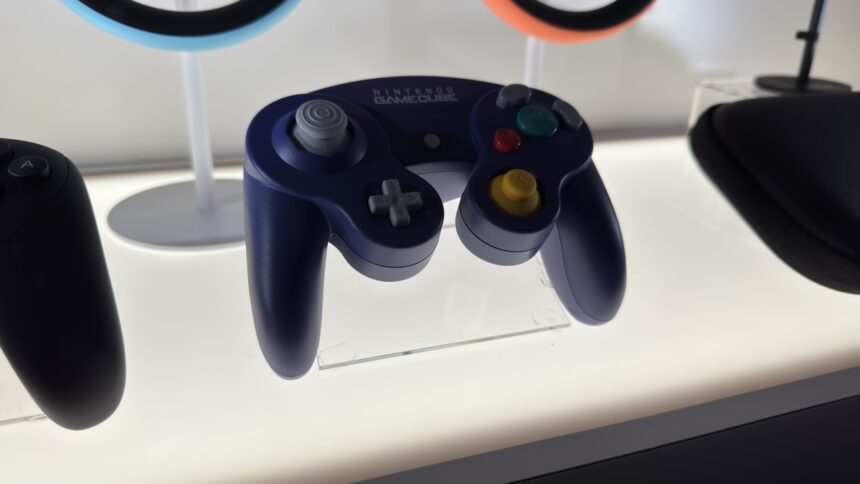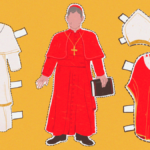Nostalgia and Gaming: The Nintendo GameCube Experience Reimagined
For gamers who grew up in the 1980s and 1990s, the Nintendo GameCube holds a special place in their hearts. This isn’t just a sentiment born from nostalgia; the console boasts an impressive lineup of classic titles, including The Legend of Zelda: The Wind Waker, Mario Kart: Double Dash, and Super Smash Bros. Melee, to name a few.
With the impending release of the new Nintendo Switch 2, the allure of acquiring a freshly designed GameCube controller, along with a plethora of GameCube games available through Nintendo’s online subscription service, is hard to resist. For those fortunate enough to get the new console at launch, titles like Wind Waker, Soulcalibur II, and F-Zero GX await, with even more titles to follow soon.
While the Joy-Cons and Switch Pro controller serve their purpose, indulging in GameCube classics with their original controller enhances the experience significantly.
Limitations of the GameCube Controller for Modern Gameplay
The excitement of using the GameCube controller with classic titles is undeniable, but its functionality beyond those games raises some concerns.
Initially, it appeared that the GameCube controller might be useful exclusively for these nostalgic titles. An IGN report revealed fine print on the initial promotional materials stating, “The controller is only compatible with Nintendo GameCube – Nintendo Classics.” This wording suggests quite clearly that its use is limited.
Fortunately, it has been clarified that the controller, while predominantly designed for classic games, isn’t entirely incompatible with other Switch 2 titles. However, it’s prudent to note that it wasn’t engineered for contemporary gaming.
Nintendo has acknowledged potential issues when using the GameCube controller for modern Switch 2 games. One significant drawback is that it lacks several essential buttons and features that contemporary controller designs include—buttons that are often expected by developers. While additional buttons exist, like a new ZL button on the left, many other functions are not gameplay-related: the C button launches GameChat, the Capture button captures screenshots, the Home button navigates to the home screen, and the pairing button connects the controller to the Switch 2. Furthermore, the joysticks do not register L3 and R3 inputs, reducing button functionality.
Moreover, the GameCube controller features a unique button layout. The left joystick is bulky, whereas the right stick, known as the C-stick, is notably small. The d-pad and ZL buttons are also diminutive, and the A, B, X, and Y buttons deviate from conventional arrangements. These differences could prove challenging for gamers accustomed to modern controller designs.
Pricing and Availability
Another aspect to consider is the cost: acquiring a GameCube controller for your Switch 2 will set you back $64.99. While it’s a reasonable price for a console controller, the limitations could make it feel steep. Alternatively, the same budget could secure a pair of Switch 2 Joy-Cons at $89.99, or a Switch 2 Pro Controller for $79.99—all of which would function with any game available for the new console.
It’s essential to note that this GameCube controller is exclusive to the Switch 2, meaning it won’t work with the original switch. Nintendo has confined this nostalgic feature to their latest console, which raises questions about compatibility with older models. Why should a console launched in 2017 be unable to support games from 2001?
If there’s a commitment to fully experiencing the GameCube’s legacy on the new hardware, investing in this controller may be worthwhile. However, being aware of its limitations is crucial—no one wants to spend $65 only to discover that Mario Kart World or Donkey Kong Bananza performs below expectations.












